Sprint just rolled out a Unlimited Kickstart promotion, which is unlimited talk/text/data for $25 per month, per line. No annual contracts. You can bring over your own compatible phone, or buy one from them. (Ex. Pre-Owned iPhone 7 at $12 a month.) Online orders only. New customers only. Requires port-in of your existing number.
Sprint has already been offering a year of free unlimited data for free. (I ended up paying about $3-$4 per line in taxes and fees.) But that requires a port-in from a postpaid carrier like Verizon, AT&T, or T-Mobile. If you are on a prepaid MVNO already, this may be a better deal since it has unlimited data. In addition, this offer lets you buy a phone from Sprint and they will finance it for you, so that you are paying $15 a month for a used iPhone 7 Plus for example. This could have you in a new phone and unlimited data for less than you are paying now for just cellular service. Both are opportunities to take advantage of the fact that Sprint really wants to up their numbers to improve their merger negotiating position.
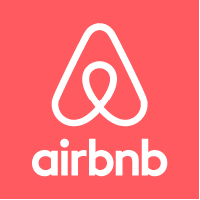 Mary Meeker is a partner at famous venture capitalist firm Kleiner Perkins Caufield & Byers. Many people follow her
Mary Meeker is a partner at famous venture capitalist firm Kleiner Perkins Caufield & Byers. Many people follow her 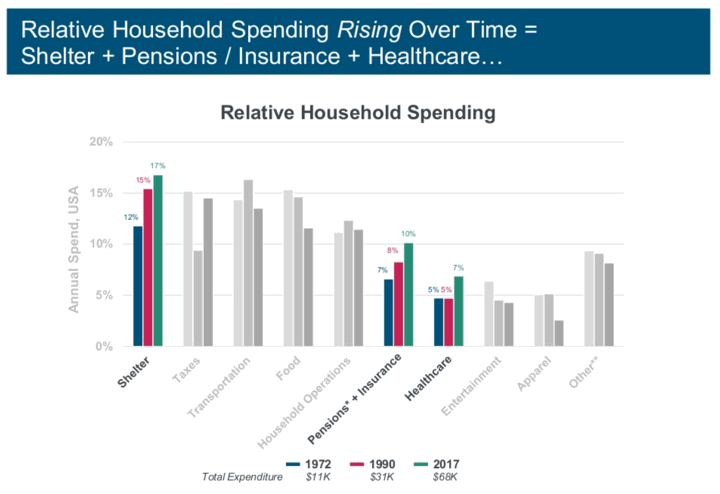
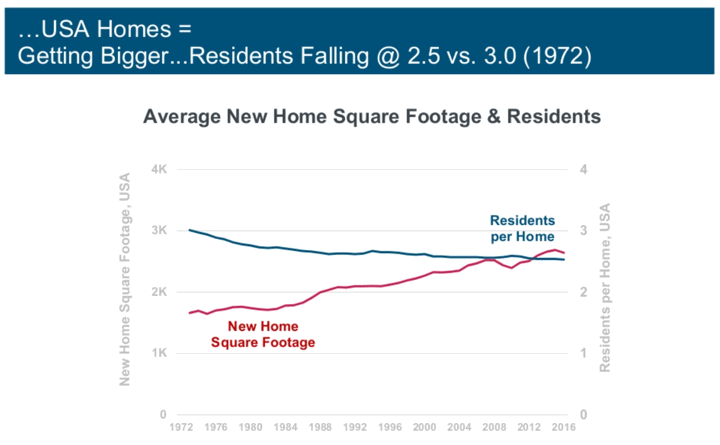
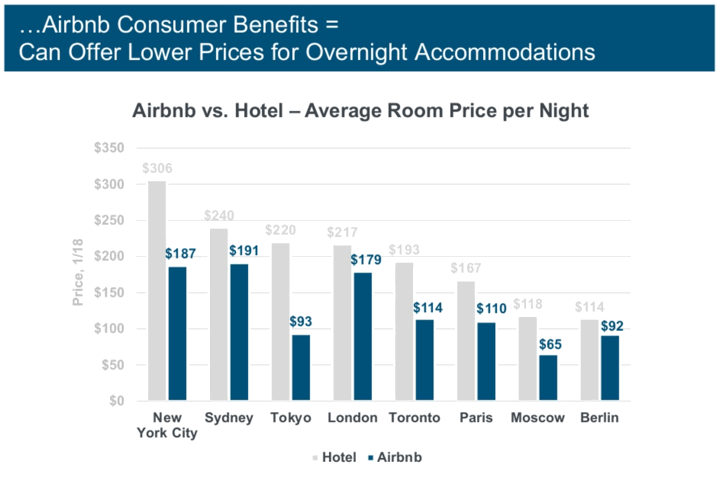
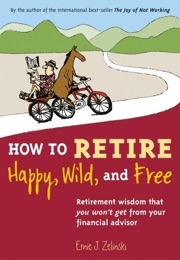
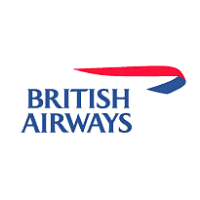 If you recently received an e-mail from “Fuel Surcharge Class Action”, don’t delete it. If you redeemed British Airways frequent flyer miles for an award ticket and paid a fuel surcharge between November 2006 and April 2013, check your spam folder. If you don’t find anything but still think you qualify, visit
If you recently received an e-mail from “Fuel Surcharge Class Action”, don’t delete it. If you redeemed British Airways frequent flyer miles for an award ticket and paid a fuel surcharge between November 2006 and April 2013, check your spam folder. If you don’t find anything but still think you qualify, visit  Here’s an interactive “game” at
Here’s an interactive “game” at 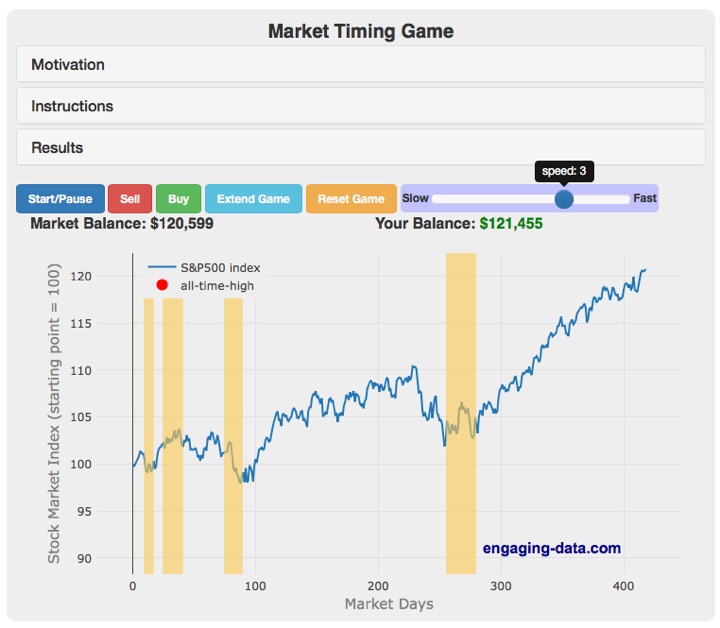
 Here is my monthly roundup of the best safe rates available, roughly sorted from shortest to longest maturities. Check out my
Here is my monthly roundup of the best safe rates available, roughly sorted from shortest to longest maturities. Check out my  The Best Credit Card Bonus Offers – March 2024
The Best Credit Card Bonus Offers – March 2024 Big List of Free Stocks from Brokerage Apps
Big List of Free Stocks from Brokerage Apps Best Interest Rates on Cash - March 2024
Best Interest Rates on Cash - March 2024 Free Credit Scores x 3 + Free Credit Monitoring
Free Credit Scores x 3 + Free Credit Monitoring Best No Fee 0% APR Balance Transfer Offers
Best No Fee 0% APR Balance Transfer Offers Little-Known Cellular Data Plans That Can Save Big Money
Little-Known Cellular Data Plans That Can Save Big Money How To Haggle Your Cable or Direct TV Bill
How To Haggle Your Cable or Direct TV Bill Big List of Free Consumer Data Reports (Credit, Rent, Work)
Big List of Free Consumer Data Reports (Credit, Rent, Work)